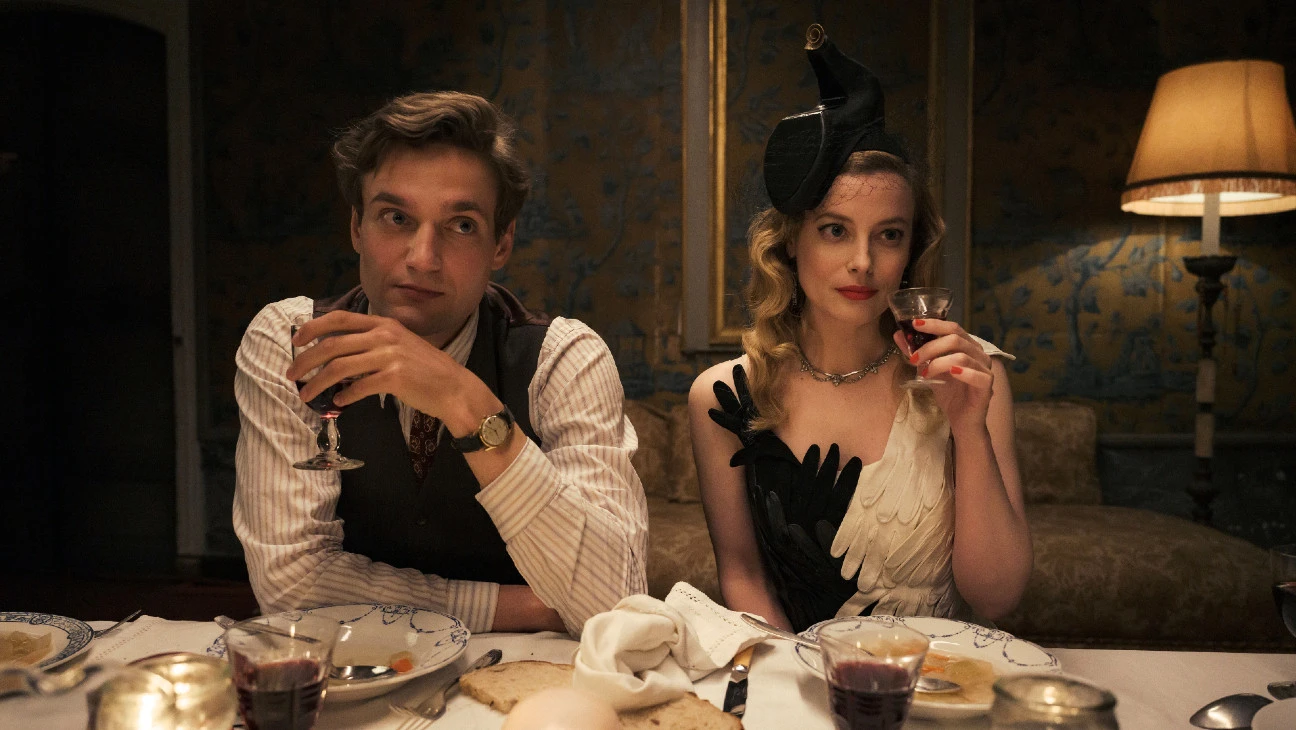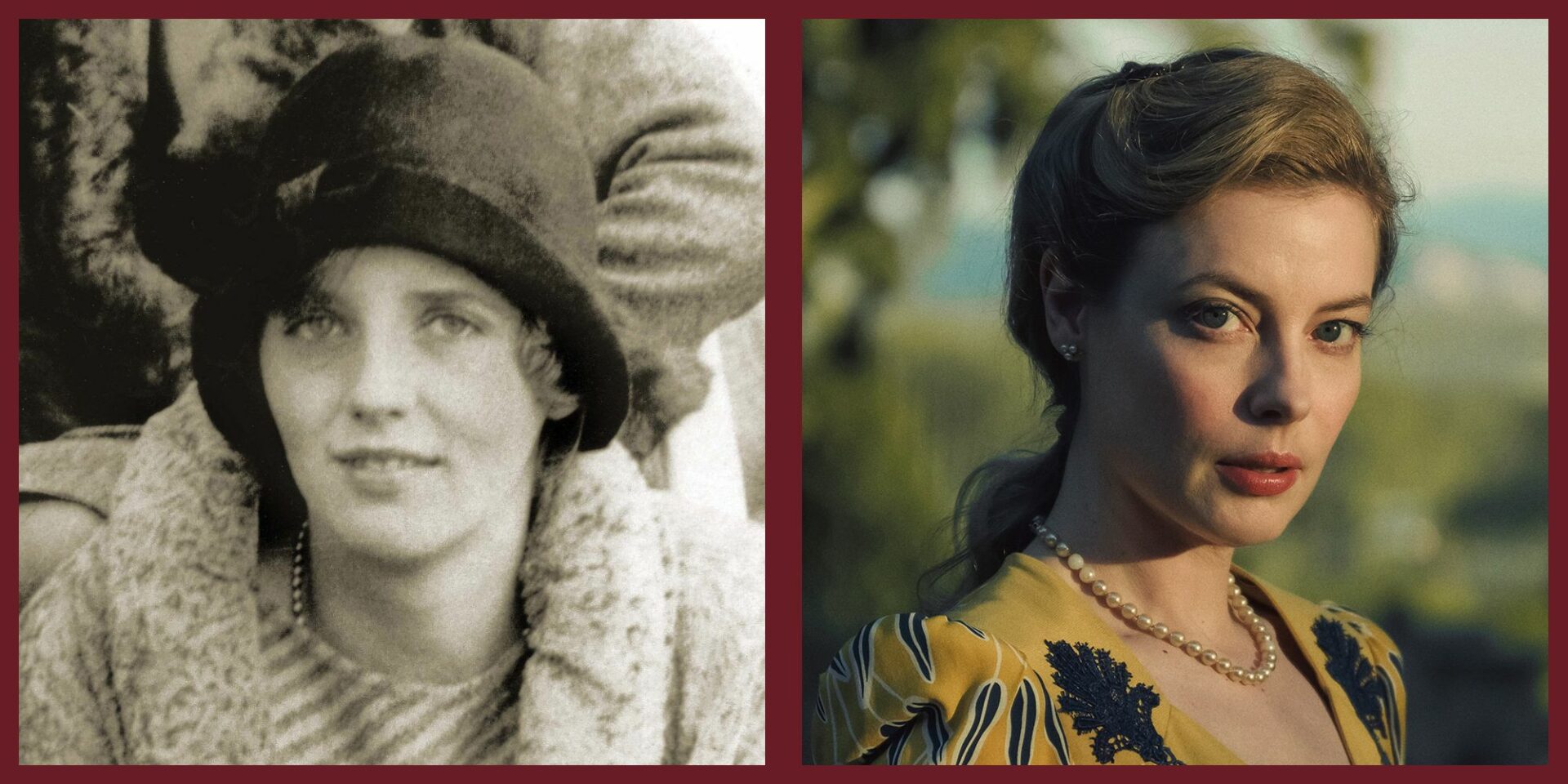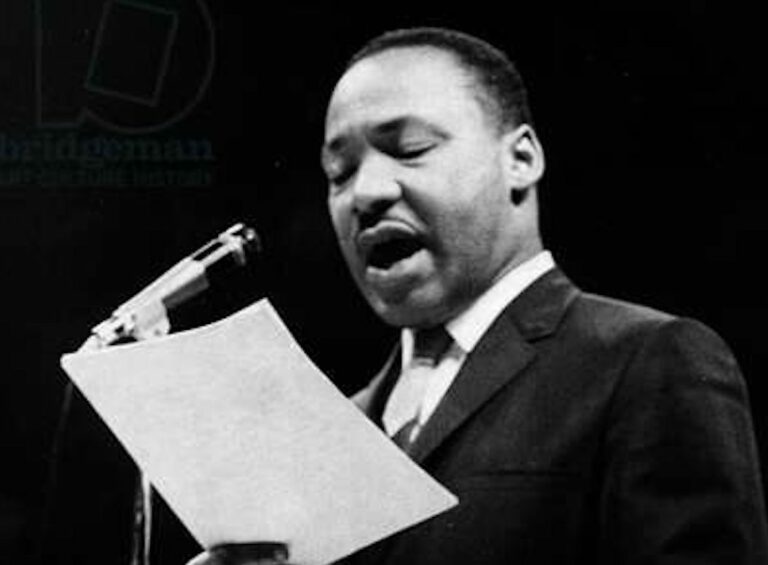Here’s what you’re going to do this weekend. You’re going to buy a bottle of pastis, make a zucchini-and-anchovy socca, and watch seven episodes of the Netflix mini series, Transatlantic.
Inspired by the true story of the Emergency Rescue Committee, a World War II-era American refugee organization that became today’s IRC, Transatlantic is a well-dressed romp through the annals of Franco-American history. The limited series follows Mary Jayne Gold (Gillian Jacobs), an American heiress working to smuggle refugees out of Marseille in 1940, after the city became the home of the last free port in Nazi-occupied France.
Mary Jayne is joined in her mission by Varian Fry (Cory Michael Smith), the by-the-book do-gooder who heads the ERC, and Albert Otto Hirschmann (Lucas Englander), a polyglot German refugee whose analytical mind and shapeshifting abilities make him an invaluable asset. All three are real people who successfully rescued more than 2000 Jewish refugees, artists, and intellectuals from the Nazis (though their onscreen romances are, disappointingly, largely fictional).

The project is spearheaded by Creator and Executive Producer Anna Winger, best known for the critically-acclaimed Netflix limited series Unorthodox, who referred to the show as a “screwball melodrama” in Netflix’s behind-the-scenes Making Transatlantic. Winger, an American, worked with the Francophone Swiss directing team Stéphanie Chuat and Véronique Reymond to create a truly international show, scripted in English, French, and German. It’s a relief to watch a period piece in which characters actually speak their own languages, instead of using bad accents or discoursing purely in English.
The show was shot on location in Marseille, largely in the glamorous Villa Air-Bel and the Hotel Splendide (a ruin which the crew carefully restored for the show). Throughout the show, there is a stark visual contrast between the bucolic beauty of the countryside and the vibrant city life of Marseille, and the dark explanation behind why these characters have been banished there. There is a deliciously grainy film-like quality to some of the scenes that feels like something my college boyfriend would have had a Jean-Luc Godard orgasm to.
Transatlantic has everything: covert operations, prison breaks, doomed romances, a slew of famous subjects. After turning a country villa into a base for their refugee operation, Mary Jayne and Varian welcome notable names like Marc Chagall, Hannah Arendt, Andre Breton, Max Ernst, and Walter Mehring to their commune at the end of the world. The result is a fabulous surrealist birthday party in episode 3, decorated in perfect Dada style: dismembered baby dolls served up like roast chicken on the dining table, paper eyes glued to trees. Gillian Jacobs has a shoe on her head. It’s awesome.
As we know from history, these artists do eventually escape Europe, going on to shape the artistic and intellectual fabric of 20th century America. But as fun as it is to watch them make home films in a Provençal villa while waiting for their American visas, there’s a part of me that couldn’t help but think of the refugees not deemed important enough to smuggle out. Varian, a dedicated lover of the arts, was determined to save Europe’s art world from Hitler’s wrath. But who decides which lives are worthy of being saved? How many common French Jews is one Marc Chagall worth? How many gay men or communists for one Hannah Arendt?
While the show doesn’t address this, it does celebrate the often overlooked role that another set of immigrants, from French colonies in North and West Africa, played in the foundation of the French Resistance. France doesn’t get let off the hook, with the Beninese character of Paul Kandjo speaking for all victims of French colonialism. “It’s easy to see who is who,” he says. “The French are white, we are black. We eat their food, learn their language. The Nazis are exporting across Europe what we experienced in the colonies. The fear, the violence, the sense that you are less human for daring to have your own culture.”

But aside from the nod to Allied accountability, the characters in Transatlantic are pretty firmly placed on either side of a moral boundary. Honestly, these days, it’s nice to watch a show where there are clear good guys and bad guys, which I suspect is why the genre of the Holocaust movie remains popular. It’s easier to fade our own flaws into the bold tapestry of Good vs. Evil, where as long as we do something brave and stupid, the rest of our faults are forgiven. We all want to be Gillian Jacobs, swing dancing on the edge of the apocalypse.
The tone does get pretty heavy-handed about how bad things are for the refugees (it’s the Holocaust after all, we get the idea), as well as the moral imperative to break the rules when the rules are inhumane. “This is a new world Varian. The old rules don’t apply,” Varian’s lover, Thomas, insists, as the American struggles to set down the weight of old customs, which have become bulky and inefficient in the face of changing times. But Transatlantic’s charms outweigh its sense of melodrama.
The show captures the untenable nature of time, the feeling of living in a moment of history, personal and global, that must eventually end. For all the upbeat zaniness that Transatlantic indulges in, the bittersweet ending causes you to look back with nostalgia on scenes that may have appeared silly or overly sentimental upon a first watch. Shades of The Grand Budapest Hotel and Call Me By Your Name can be seen in the picturesque Provençal countryside, the unsustainable dalliances, the pitting of old world gentility against brutal violence.
—
This article was first published on April 19th, 2023.
Catherine Rickman is a writer and professional francophile who has lived in Paris, New York, and Berlin. She is currently somewhere in Brooklyn with a fork in one hand and a pen in the other, and you can follow her adventures on Instagram @catrickman.






